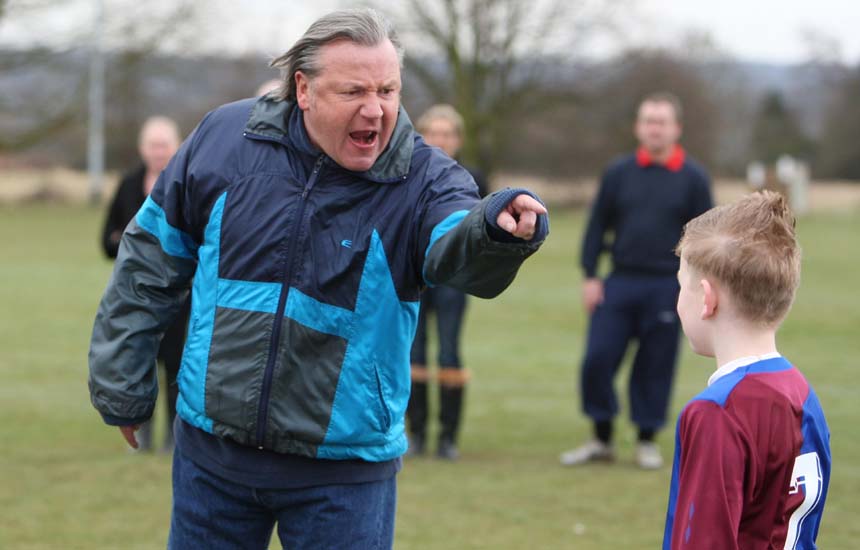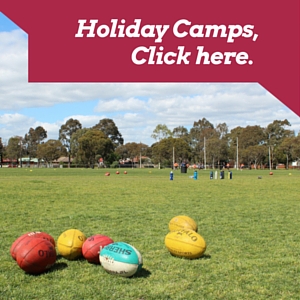Communication to your players – The best ways.
As coaches, one of your biggest assets should be your communication skills. A coach that can communicate their message effectively and efficiently to all their players, will have the best chance of developing their players, and getting the most out of your game plan. As junior coaches, we need to remember that players will look up to you as a leader and role model. Therefore, we want to try an avoid situations similar to the picture below!
The following part of the email will go through the methods in which to better communicate, and some of the practices you should, and should not employ in your coaching communication style.

(Photo by Football AssociationThe FA via Getty Images)
Best Way To Communicate.
As most of you may already know, people process information differently on an individual basis. The three main ways are usually defined in the following ways;
– Visually (seeing the information)
– Auditory (hearing the information)
– Kinaesthetic (doing the action)
Most people have a mix of all three of these ways in which to communicate. Some might be 33% each, whilst others may be heavily suited to one of them. For example, a player may be 80% visual, 10% auditory and 10% kinaesthetic.
With a team of 22 players, you are sure to have some differences. Therefore making sure you hit all three elements in your messages can allow for the maximum retention and understanding of the information from your players.
For example, if you are training, and need to introduce a new activity you could go about it in the following way. When delivering the message to your players, make sure the cones of the activity are already set-up. Whilst, explaining the activity verbally, point out the cones visually, and also use a white board to again use another visual aid. Then, before you release the players to go out and attempt the activity, you could walk through the activity so the kinaesthetic learners get a better understanding too.
This process may take slightly longer than just telling the players what to do, however, the time you could potentially save when you do not need to re-explain the activity can be utilised better throughout the session.
Give this process a try, remember to follow the steps below;
1. Set up activity with cones so players can see.
2. Draw the activity up on a white board and where players need to move with arrows
3. Verbally explain the drill white showing on the whiteboard and looking at the cones
4. Walk through the activity in slow motion.
Creating a Learning and Understanding Environment
Creating a learning and understanding environment at training and on match day is important in junior footy. What we mean by this is that coaches need to be open to player feedback and consultation to a certain point. Gone are the days of the dictator coach, especially in junior sports, therefore coaches need to be able to listen to players and let them contribute and ask questions.
One of the most common problems that can occur in training sessions is not understanding the activity or instruction, but no one speaks up. Have you been involved in the following situation?
The coach explains the activity… He/she then asks the playing group..”Does everyone understand it?” No one speaks up. The coach then starts the drill and notices no one going to the front of the cone. Then as the activity starts, people go the wrong way and the activity does not work.. The coach brings the players in and is angry and has to re explain the drill…
To avoid this situation, coaches need to create environments where players can put their hand up and ask for the activity to be re-explained without any negative feedback. All it could take is for one bad experience, and a player may hold onto that for years. Let your players ask questions. If a specific player has trouble on an on-going basis, buddy them up with a player who does understand. Young players need to feel comfortable at footy, and the coach needs to create that culture.





